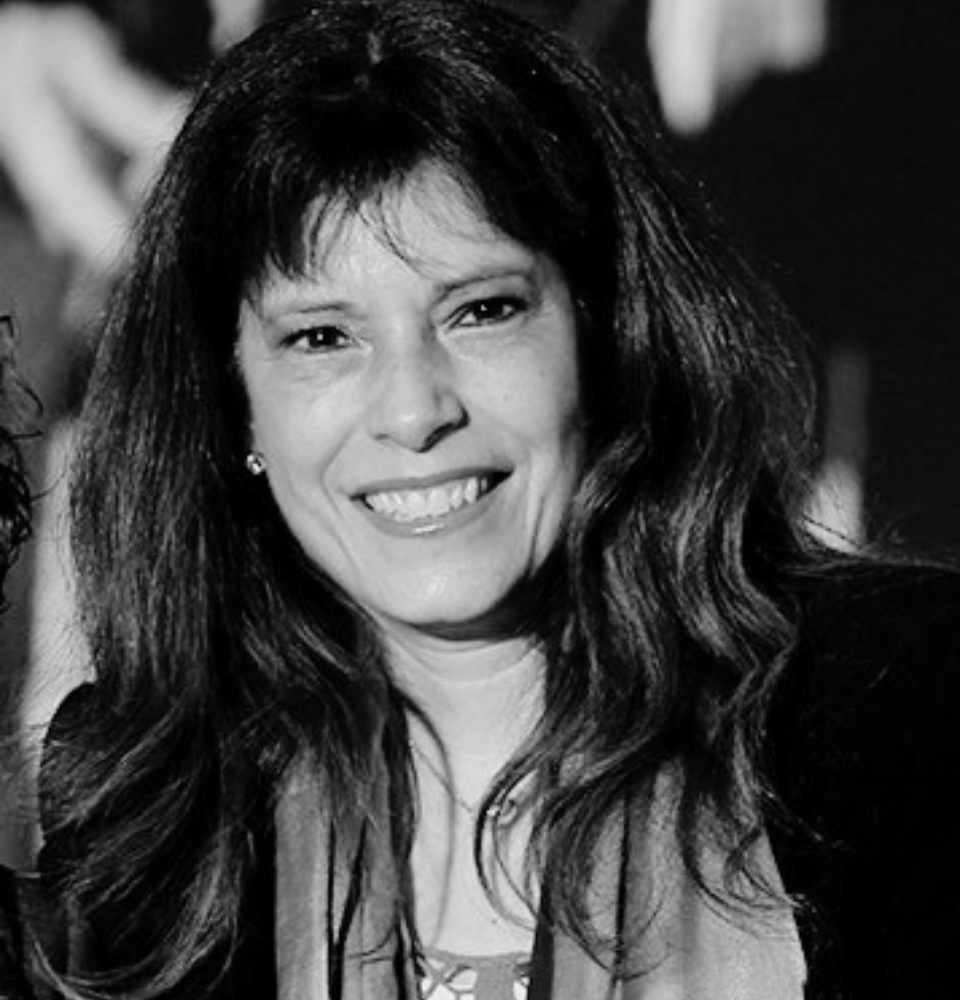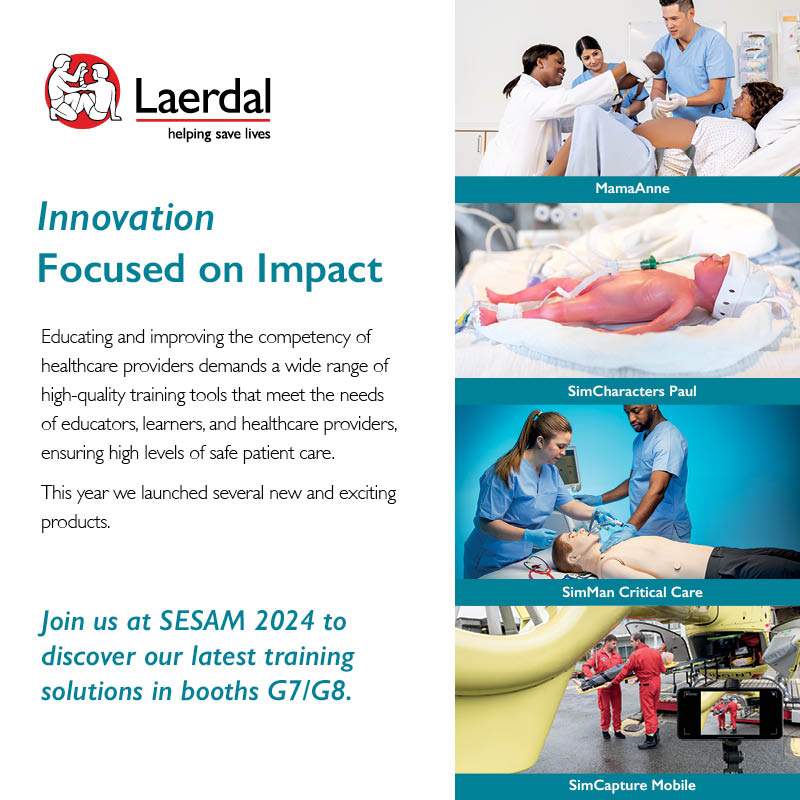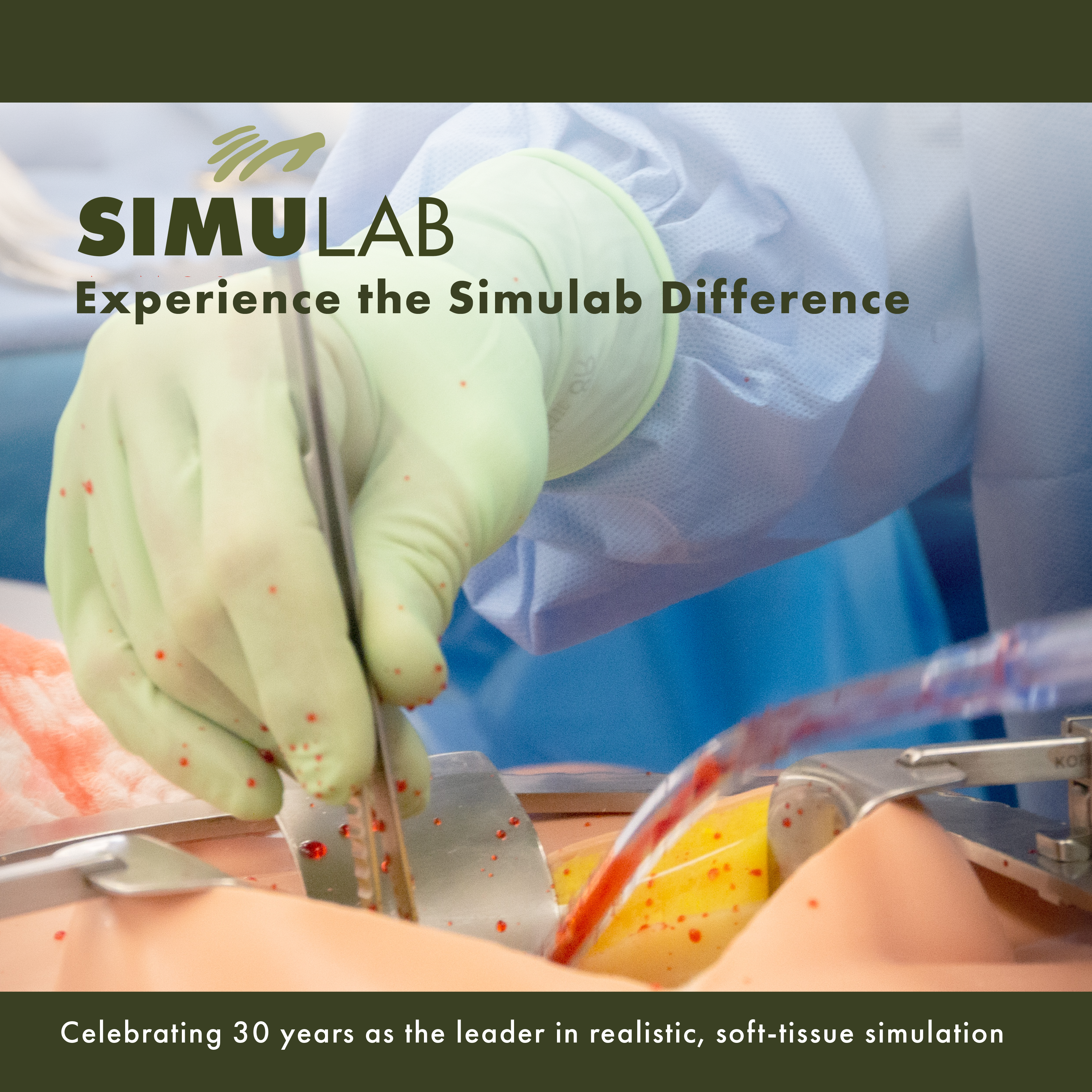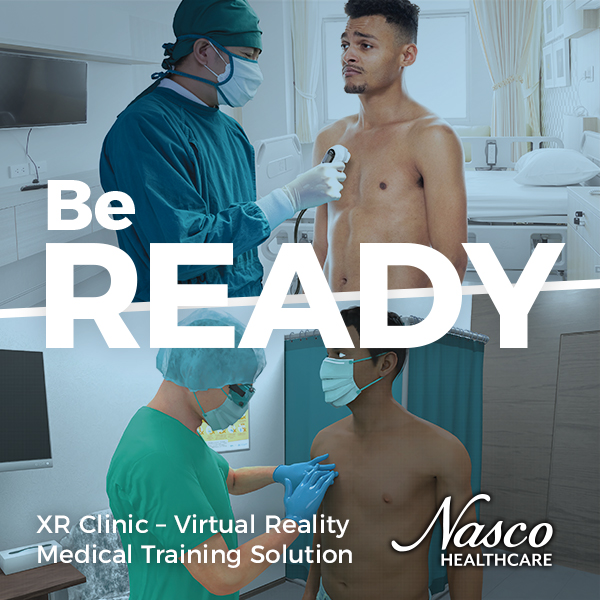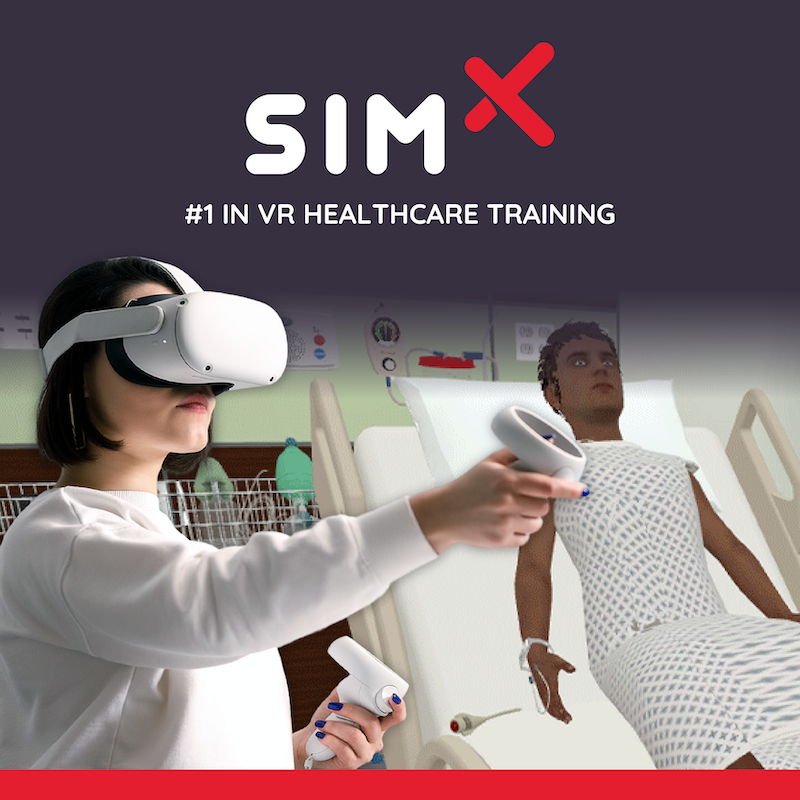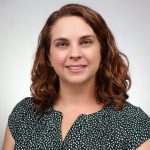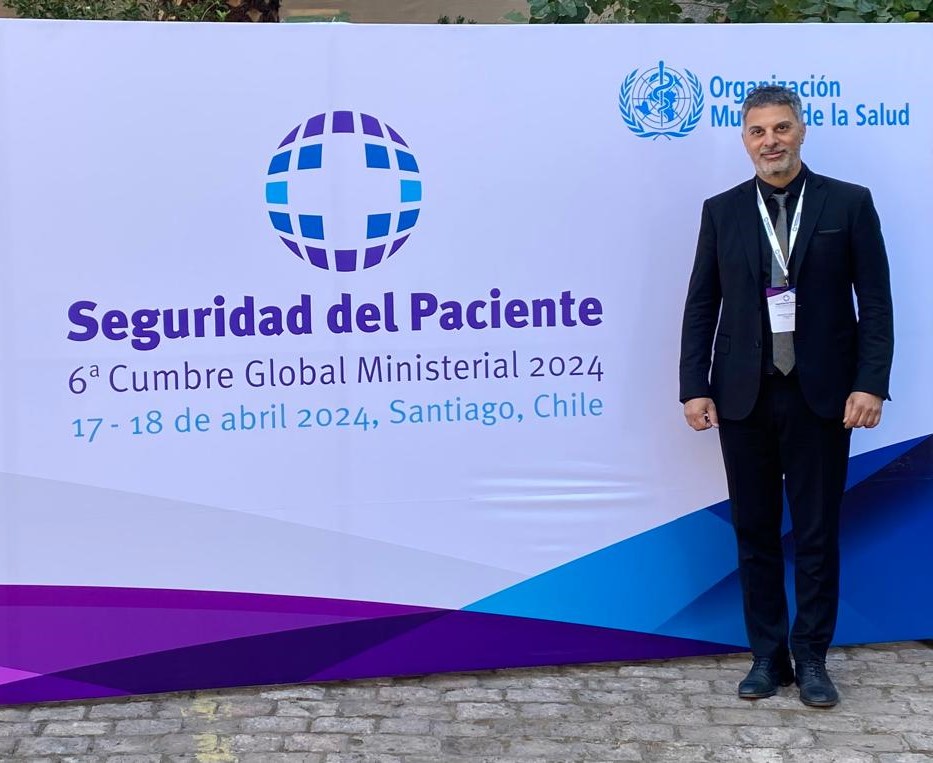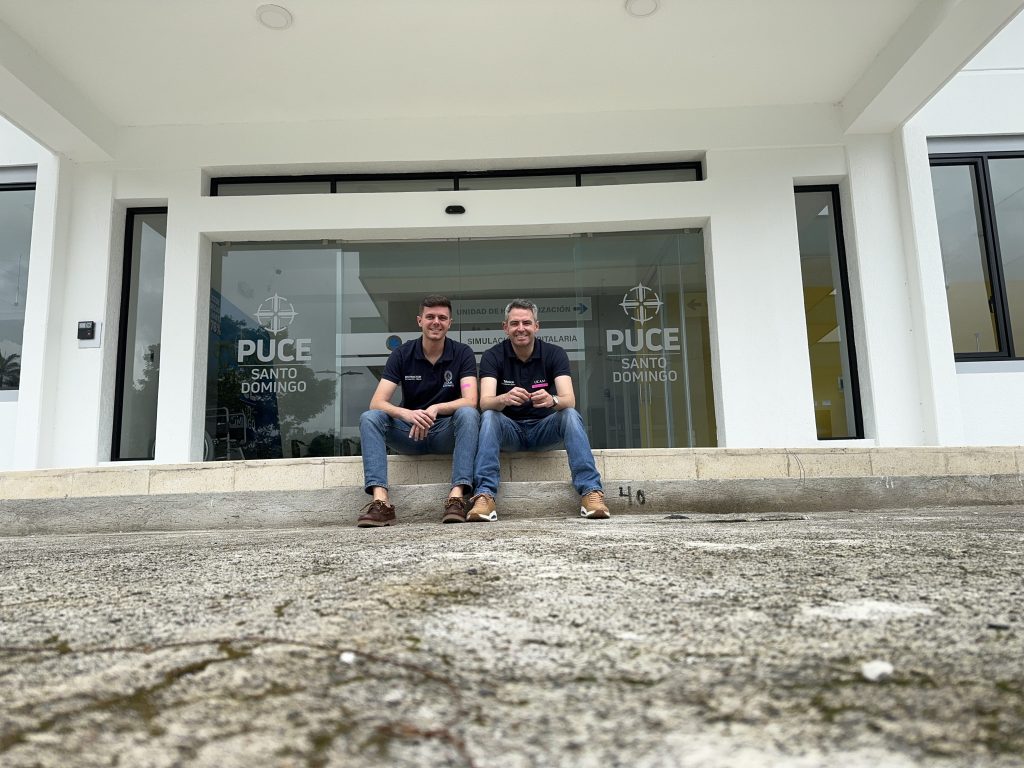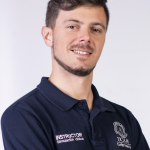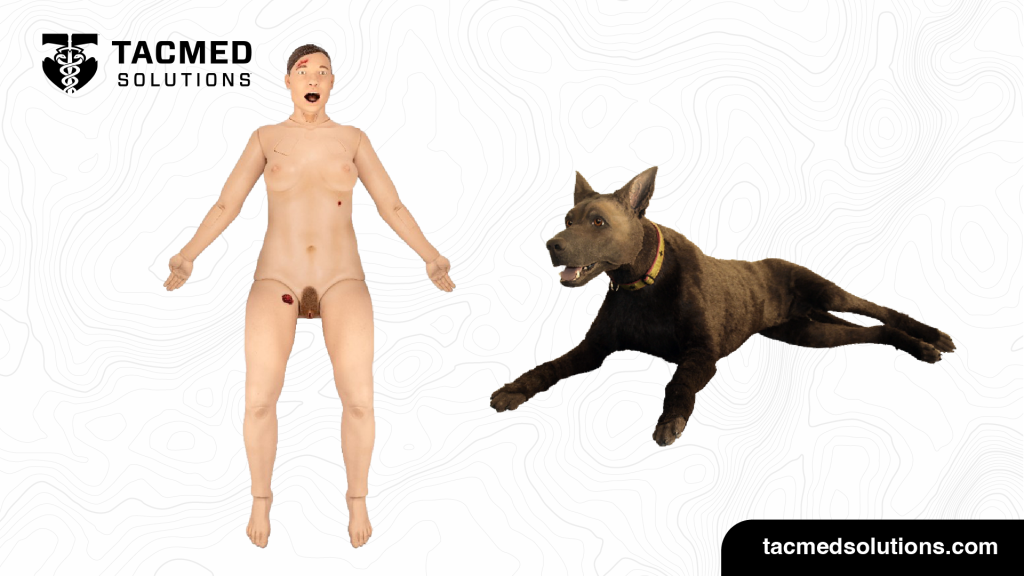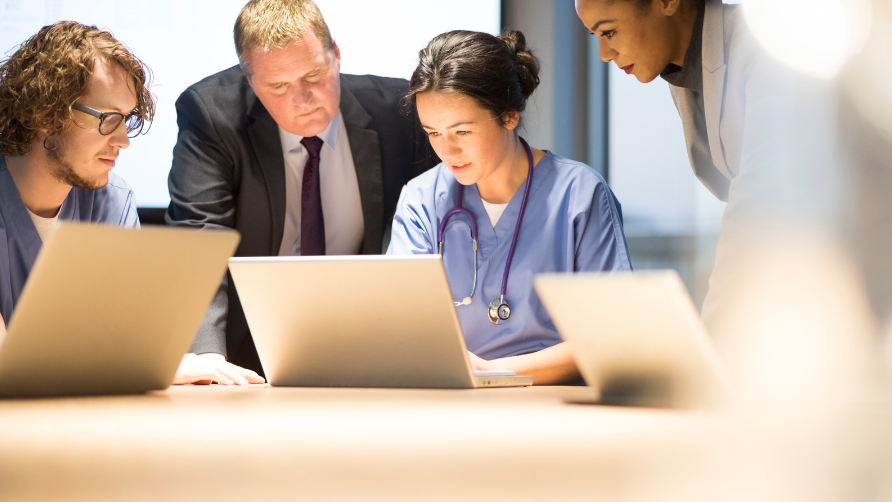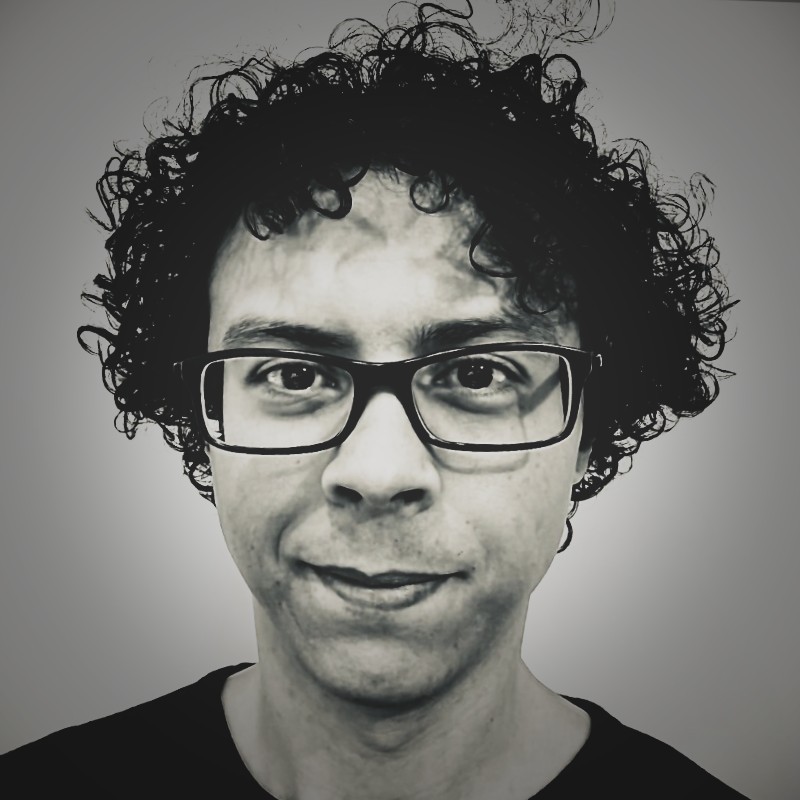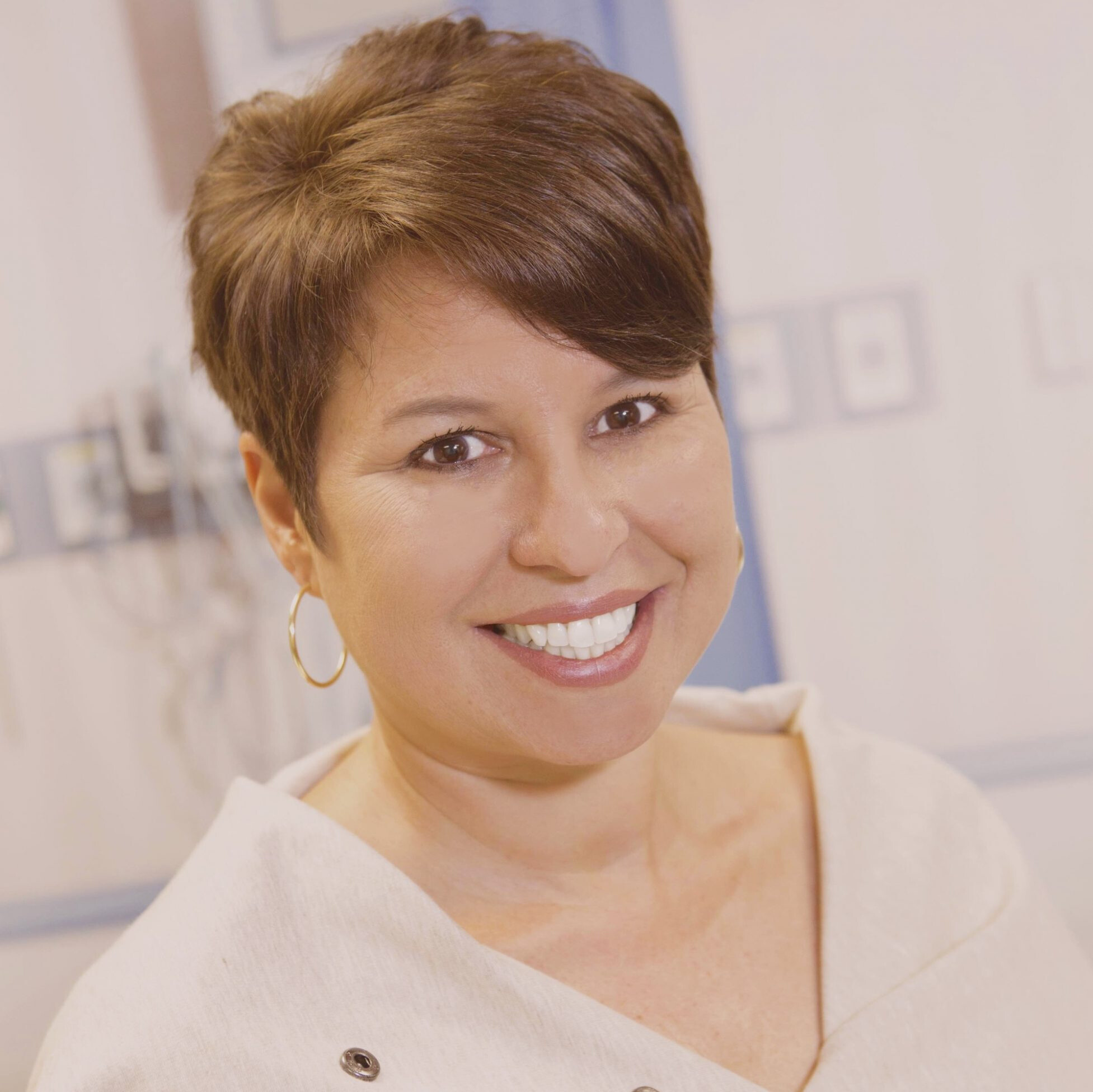A pioneer of simulation in Latin America, Eliana considers it a privilege to be able to move between teaching, research and congresses. She tells us about her experiences, her successes, who inspired her when she started and who continues to inspire her today.
Let us introduce you to Eliana Escudero Zúñiga: creator of careers, schools, undergraduate and graduate programs, she may have started the simulation in Latin America. First president of the Chilean Simulation Society and founder of FLASIC, she tells us how simulation marked a before and after not only in her professional life but also in her personal life. She reads several books simultaneously, but at the same time she looks with admiration at the innovations that the industry makes available to today’s simulationists. Author of book chapters, scientific publications and research projects, her students represent her greatest legacy.
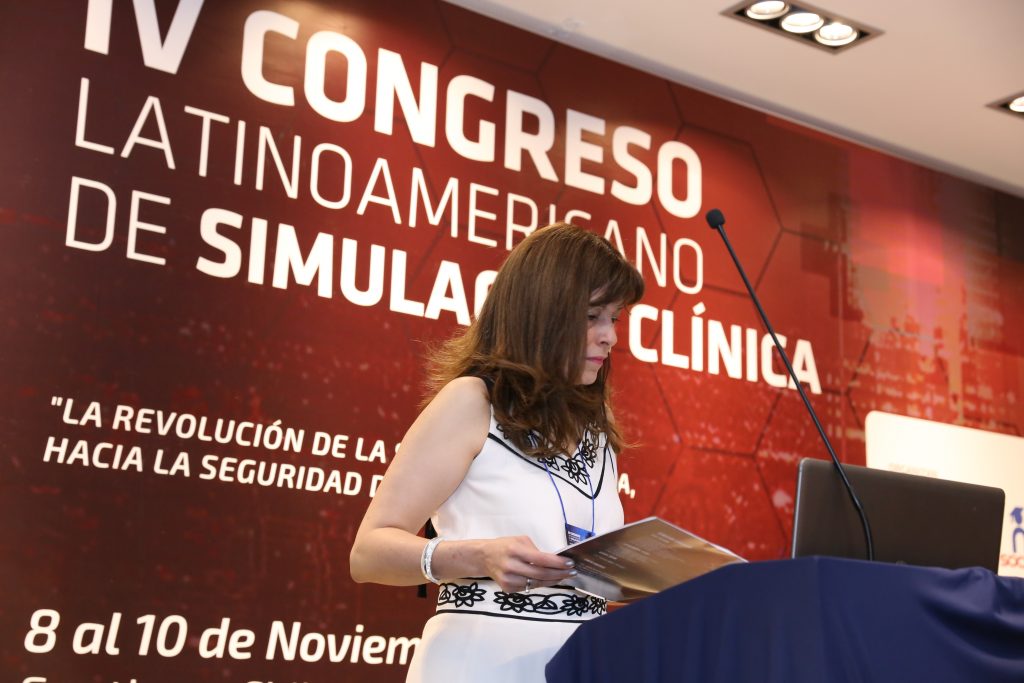
SZ: Hello Eliana. And thank you for sharing your time with our readers.
Let’s start easy to break the ice: How has the simulation marked your life?
First I want to thank and greet SIMZINE and those who allow me to share in this edition my experience with simulation and how it has shaped my past, my present and my future. Simulation definitely marks a before and after in my work, professional and personal life. When I discovered it, my networks, my friends, my knowledge and my view of how to work and educate in healthcare expanded. It has been a little more than 20 years where the simulation forced me to make big decisions: I had to learn English, knock on doors without fear, enjoy achievements and get up from falls. I have understood that dreams have no limits and that has been great. I have also been able to help others to grow in this path of many challenges and great opportunities.
SZ: What was the most important experience that has occurred in your professional life?
It is not easy to choose a single moment or a single important experience in my professional life, I remember several. However, and thinking about my professional life with simulation, I could point out that it was the moment when, having been accepted for the Simulation Innovation Resource Center project of the National League for Nursing, I arrived in Connecticut in the United States and began to work for 3 years with the world’s leading experts for the creation of standards in education with simulation. At that moment I realized that I had a great opportunity, but at the same time I understood that I had to assume a responsibility and lead the simulation beyond what was my job and my boundaries. From then on, I felt the duty to develop a series of projects together with other simulationists and simulation enthusiasts, and so Alasic (Flasic) and later SOCHISIM were created.
SZ: If you look at your career, at what point would you travel back in time to change it?
It is difficult to answer this because the things I experienced in the past happened for a reason and they were like that because there was another context and in Chile, where I live, it was impossible to think that there could be something better, something different. However, if I were to travel to the past with this current knowledge, I would go back to when I was a newly qualified nurse and worked very happily in Intensive Care. I would have loved to have understood more about interdisciplinarity, collaborative teamwork. I would have loved to do in-situ simulation and CRM and to have known something about Patient Safety and the Human Factor. Debriefing after tough times that occur in these areas. I worked in one of the best health institutions at that time, however, many things we did by logic or intuition, but with a lot of vocation. Everything we know today would have made something much better out of our work.
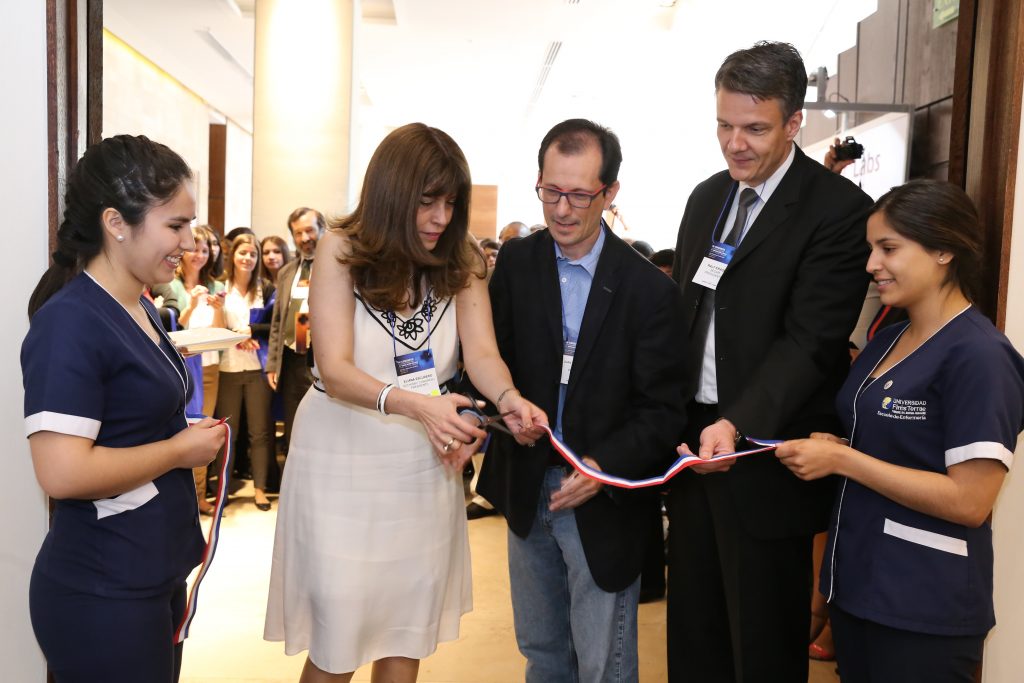
SZ:Is there anyone who has inspired you in your career?
My simulation career was inspired by Pamela Jeffries, discovering her was very empowering and I can say that she was my mentor. I met her for the first time at a conference at the University of Maryland, Baltimore where I was in awe of what she presented. Our friendship grew stronger from our meeting in Connecticut as she was leading the project mentioned above. From then on Pam was part of many challenges and jobs that I successfully developed. Her generosity, wisdom and experience marked a stamp on me and gave my approach to education and simulation. I shared with her different moments of her great professional career, I saw how she achieved great academic positions in prestigious universities and I celebrated when she was elected president of SSH, but we also shared personal moments, family and children. I am infinitely grateful to Pam for everything she has given me.
SZ: Looking back, what do you think is your greatest legacy? Or what do you hope it will be?
There is a very wise saying that states “No one is a prophet in his own land”. Probably many things will be understood when I am no longer around. With much humility I believe that the most relevant thing that could be my legacy is what is written in my publications, in my book chapters, in journals, in the proceedings of congresses, in short, where the story of how simulation arrived in Chile and what my role was together with others to install it and share it with neighboring countries. Creating the first nursing school integrating simulation makes me proud. At that time it was difficult, but after years I see that it is unthinkable, ratifying that it was worth doing it. However, I cannot fail to mention that another great legacy is my trainees, who today are simulationists who develop research, teaching and simulation with high quality and will go beyond what I created as a trainer.
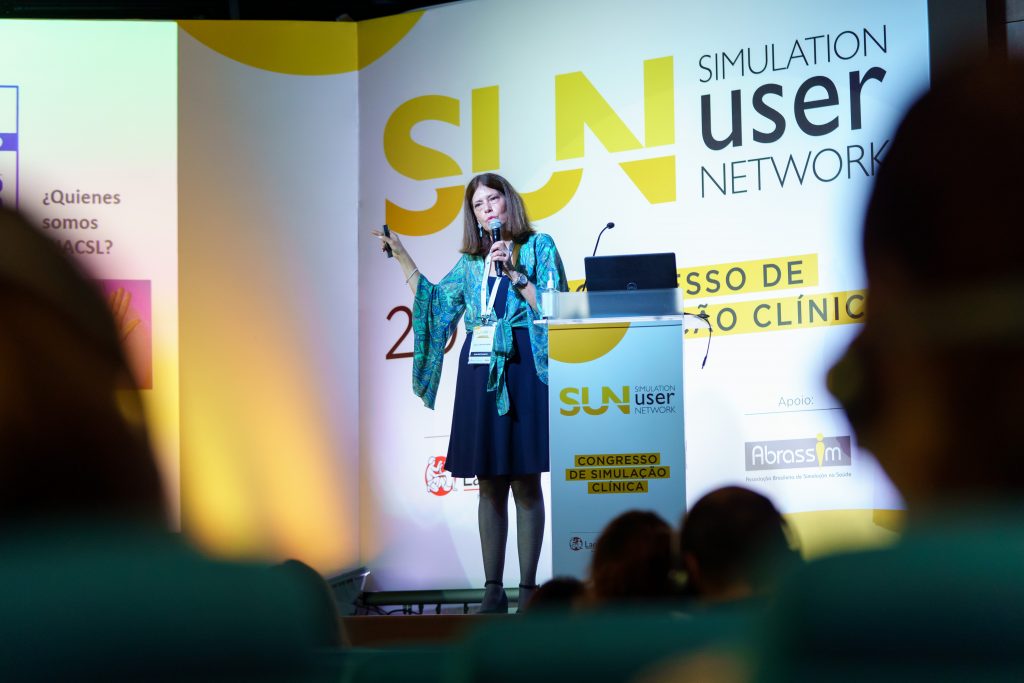
SZ: What is your relationship with new simulation technologies, such as virtual or augmented reality?
Interesting question because for many people technology is related to youth and the truth is that I absolutely disagree. The resources offered by the industry today are extremely valuable and interesting and are at our disposal, they only await the educator’s will to take them, use them and take advantage of them, giving more learning options to the student and training options to the clinician. Resistance to change is, it seems, part of our essence as human beings and the pandemic made us reflect and learn that it is not good. Therefore, we educators must prepare ourselves and broaden our minds by looking to the future, using virtuality and augmented reality. Nothing is difficult if we are willing. The student cannot be alone with the technology, the experience and knowledge of the facilitator must lead each educational process propitiating the achievement of skills and competencies with all existing resources.
SZ: Do you prefer clinical work, teaching, research or speaking at conferences?
I find the questions more and more difficult. I left out clinical work because I have been dedicated to teaching, research and conferences for years. I think that these 3 areas, teaching, research or conferences are very integrated and linked. It is not attractive just to be a researcher, because you are very lonely and simulation requires interaction, reflections on your own methodology, discussions and new constructions. Teaching is where everything we learn “becomes reality”. It is the space where we always continue to grow as simulationists and where we enjoy the results and each new experience. Finally, congresses are spaces where we meet all of us who speak this language of simulation and it is a field for new knowledge that is worth continuing to explore. I currently have the privilege of moving in these three spaces and it is interesting.
SZ: What is the last simulation book you have read?
The truth is that I read a lot of them in parallel. It all depends on what I am preparing and therefore I review different chapters according to each activity that I have to develop. But the book “To Err is Human” is one of my favorites, I have it in permanent revision, I always discover something. I also like very much “Simulation Champions” by Dr. Leighton and Dr. Foisy-Doll. . One of the last ones that I am looking into is “Simulation Training Through the Lens of Experience and Activity Analysis” which has a more European approach by its editors. I could say and although they are not books, they are “my bibles”: the Simulationist’s Codes of Ethics, the INACSL Standards, the Sim dictionary and also everything published by the World Health Organization’s World Alliance for Patient Safety. I recognize that I only read about these topics and “my neurons” have enough with it.
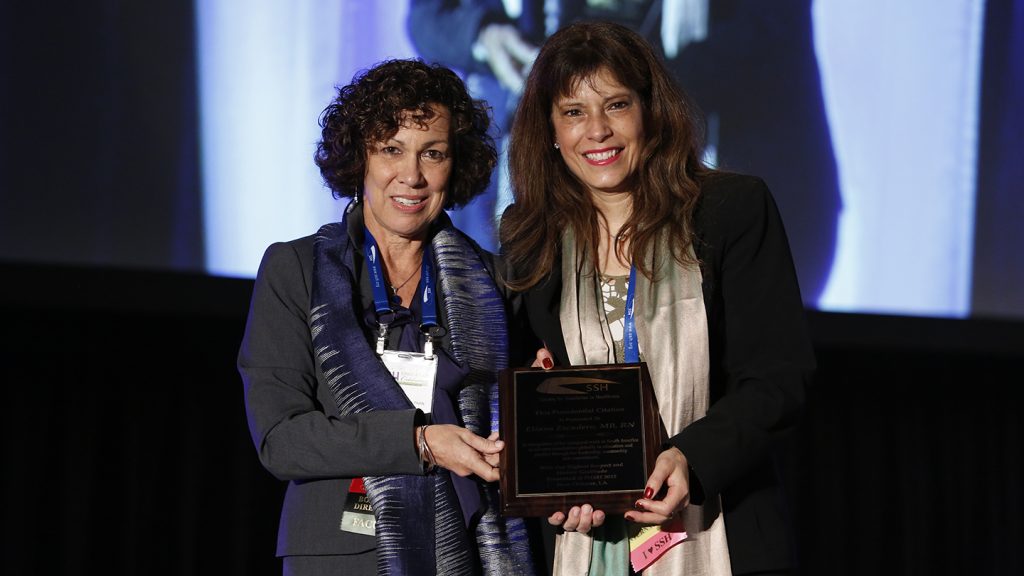
SZ: In your opinion and experience, what are we forgetting to develop well the culture of patient safety through simulation?
Safety in simulation is the pillar of my teaching and a subject I have been passionate about since I learned about the methodology. The Safety Culture has linked me with organizations that work for it and I am part of a virtual world network on the subject, where I learn a lot. From my experience, I observe that for many people, simulation “is not safety” and as long as we do not integrate it into the curricula, it will remain absent. In many countries, security is not part of the undergraduate program and those who are in teaching do not know the theory, becoming only a tangential simulation exercise, being very late when it enters the real world. The error remains punitive to this day. In my educational programs the subject is incorporated and I always see that there is astonishment with the data on errors. Simulationists can make room for Safety Culture experts and intentional in our teaching and training.
SZ: Before finishing, how do you see simulation in Latin America in the future?
I will start by pointing out the positive. I see that simulation is awakening again in the region and despite the fact that simulation was used a lot during the pandemic, it was only with one objective and not understanding its full dimension, its scope and capacity for development. There is motivation, especially in countries that had not yet incorporated it to a large extent. I see greater interest in clinicians and a certain concern for issues associated with safety. There is interest in learning about different proposals and resources. However, there is still a strong focus on the manikin and some on the Simulated Patient. Continues to depend on the pressure of isolated groups, which translates into difficulty to integrate into the curriculum and remain over time. There is a lack of flexibility to new proposals, to emphasize the training of simulationists and the use of standards. But mainly this requires central, ministerial policies that provide the resources and conditions to move forward.
SZ: The awkward SIMZINE question: who is your current favorite simulationist and why?
This is indeed difficult and I cannot name just one. I know that many will feel bad because they are important and favorites for me, I apologize. Therefore, I am going to give a good reason for my choice. The first one is Dr. Lisa Sinz, director of the Clinical Simulation Center Hershy, USA. She is a great woman, intelligent and visionary, I admire her deeply. She was able to understand the importance of having simulation societies, being a founding member of SSH and its first president. Her project and program that she runs in Hershy, chocolate city as it is known, are extraordinary. My second favorite is Dr. Haru Okuda, past president of SSH. I shared with Haru when I was on the board of SSH and his intelligence, clarity and energy motivated everyone. He is someone with brilliant ideas and generous with all his knowledge. Be sure to stop by and meet them when you go to IMSH.
READ ALSO



